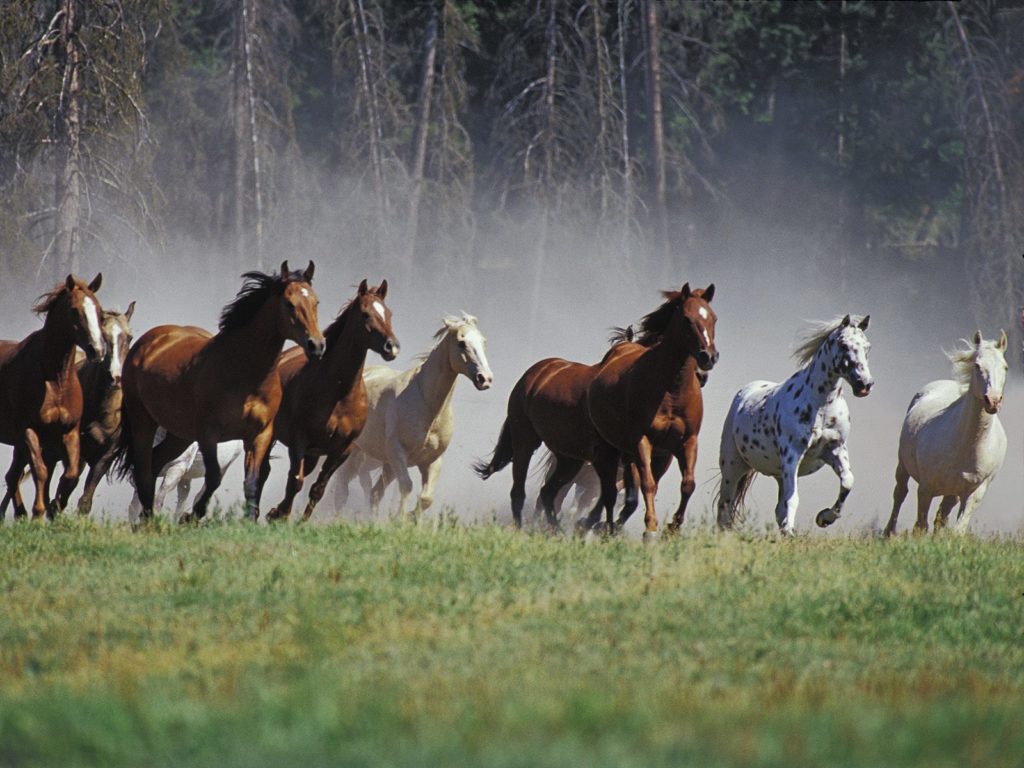I feel like I need a deeper, more balanced, and relaxed seat. Are there any exercises I can do to help me attain this?
Answer:
A balanced, relaxed, deep seat is dependent upon the spine being very supple and relaxed, and totally under control. There are many exercises one can do to help supple the back and get control of the back muscles. Having a supple, relaxed back is critical to staying deep in the saddle With the back relaxed, it becomes the shock absorber that takes up the motion and bounce of the horse so that the shoulders, arms, and hands may be still and quiet, allowing a more perfect communication between horse and rider. A rider’s back brings the leg aids and the rein aids together in harmony. This will encourage the horse to relax and become more accepting of the aids, allowing the horse to travel better.
To attain a better seat, first make sure that you are sitting on the seatbones, not the buttocks nor the crotch. A rider’s weight must be carried on the seatbones for proper balance. It’s easy to have a nice, deep, secure seat when the horse is standing still. When the horse begins to move, however, it’s the rider’s back is what will either allow that deep, balanced seat to continue when the horse is moving, or destroy it.
To stretch and supple the spine, there are two exercises that can be done without a horse that are very helpful: sit-ups (reaching all the way to the toes) and toe-touches (reaching as high as possible). Do these very slowly, and pause for a count of four at each position. Don’t do more than twelve of each at a time.
For mounted exercises, nothing beats riding without stirrups. There are several different ways to work on stirrup-less riding. One can ride on a longeline, in a roundpen, or simply in the arena with reins knotted in the mane (requires a well-trained horse). To supple and increase relaxation, here are a few warm-up exercises to do without stirrups. Practice these first while the horse is standing still, then do them with the horse walking. First, hold the arms straight out and twist slowly from the waist to look behind you. Move slowly but steadily, twisting as far as possible in both directions. Next, without using any hands, slowly lower yourself down to lie on the horse’s neck, and then sit up straight again. Remember do NOT use your hands. This requires one to keep the lower leg steady and in the correct position. If your leg is allowed to swing back behind you, you will find it virtually impossible to regain the upright position without using your hands to push yourself up. Concentrate on using the back muscles to bring yourself up, not squeezing with the legs. Another one that will both increase flexibility and control of the back, and control over the legs, is to reach as far down the horse’s shoulder with one hand as possible, then sit back upright. Do this on both sides. Finally, take a few minutes with the horse standing still, and roll your head around, pausing for a few seconds when your head is forward, backward and on each side. Roll your shoulders, also, until everything feels very relaxed.
Now, still without your stirrups, imagine sandbags tied to each foot, and get the horse walking. Concentrate on feeling the forward and side-to-side motion the horse has as it is walking. Hold the pommel with one hand, and ask the horse to trot a few strides quietly. Just a few strides, then back to a walk. It’s important to imagine your legs as very heavy or with “sandbags” tied to the ankles, rather than pushing your legs down. The idea of pushing often makes people try to force their legs down and this can cause tension. Your seatbones will not have the correct contact if there is tension in your body, or if you try to “push” or “force” your legs down.
Remember to breathe deeply and regularly; you would be amazed at how many people tend to hold their breath in these situations! When walking and a few steps of trotting feels comfortable, gradually ask the horse to trot for a longer distance and be more forward. As you become more relaxed and can consistently keep your legs long and “heavy,” with all of the motion of the horse being taken up in your spine, so that your seat stays firmly in the saddle, you can start to do this without holding the pommel. When the trot is mastered, move on to the canter.
A deep, secure, balanced seat requires the rider to be calm, relaxed, and in control of their body. It takes time and practice, but is one of the most critical requirements to becoming a great rider.
